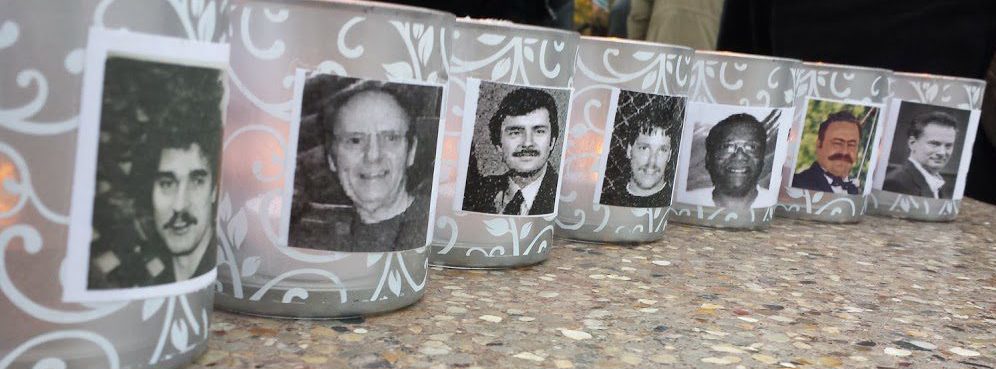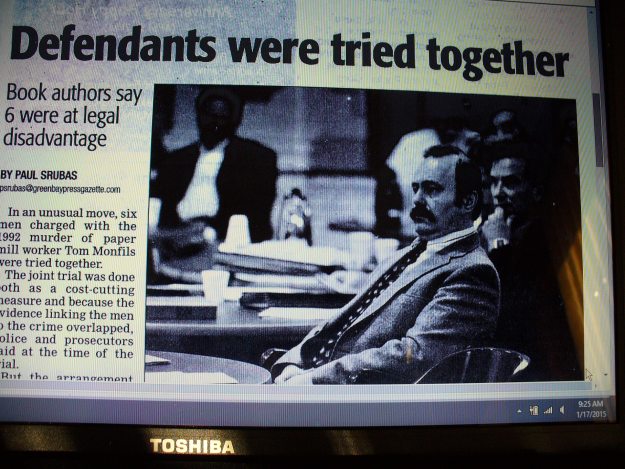How many times have we seen car ads that boast about this feature…? From zero to 60 mph in a matter of seconds!
This type of maneuvering has been proudly embraced by car manufacturers for years as a top selling point over other makes and models. But truth be told, no other car manufacturer has anything that surpasses the capabilities of a Toyota Camry! Certain model year Camrys can go from zero to ninety in as much time and they have a track record to prove it.
I’m just speculating but based on this news report from a recent class action lawsuit in a Minneapolis courtroom which garnered much attention nationwide, exoneree, Koua Fong Lee, former owner of a 1996 Toyota Camry along with the family of the deceased victims of an Oldsmobile Ciera, would probably agree that this is not a factor to be celebrated. In fact, they have asked Toyota, Corporation to fix a serious problem of unintentional acceleration due to issues with the car’s electronic throttle mechanism so that it does not cause devastating harm to more lives.
“Lee was driving his pregnant wife, their 4-year-old daughter, and his father and brother home on June 10, 2006, when he exited Interstate 94. As his Camry accelerated, he sideswiped one car before hitting an Oldsmobile Ciera. Experts said Lee’s car was traveling between 76 and 91 miles per hour when it struck the Ciera, killing its driver, Javis Trice-Adams, 33, and his 9-year-old son, Javis Adams Jr. Trice-Adams’ niece Devyn Bolton, 7, was paralyzed and died 16 months later. The three who died were “complete innocents,” said attorney Bill Markovits, who is representing the Trice-Adams family. “We ask you to hold Toyota fully liable,” he said.” —Star Tribune, Jan. 8, 2015
Despite numerous other drivers of the same make of Camry who have come forward because of experiencing sudden unintentional acceleration; the same issue that Lee insists caused his crash, Toyota stands by its assertion that the fatal crash in 2008 killing three people and sending Lee to prison for 2.5 years was solely due to driver error. Part of their argument during the recent hearing states Lee was an inexperienced driver and that he had mistaken the gas pedal for the brake pedal. They also argued that his 1996 model was not involved in a future recall event that dealt with the very problem he experienced.

Lee’s 1996 Toyota Camry. (Photo courtesy of Star Tribune, Mpls, MN)
“Lee was convicted of criminal vehicular homicide and sentenced to eight years in prison in 2007. A massive recall of newer Toyota models because of problems with sudden acceleration, starting in the fall of 2009, prompted attorneys to reopen Lee’s case. Ramsey County prosecutors dismissed the charges against him in 2010. The 1996 Camry was not among the vehicles recalled. Lee and four family members who were passengers in the Camry joined with family members from the Oldsmobile in a suit against Toyota.” —Star Tribune, Feb. 4, 2015

Koua Fong Lee at a press conference in Mpls following a jury verdict. (Photo courtesy of the Star Tribune, Mpls, MN)
“Trembling as he spoke, and occasionally lifting a tissue to his face, Lee said, “I tried to rebuild my life, but it is very difficult to move on. I am very sad. I want to apologize to the other families” who had members killed or injured. “Every day I think about that accident,” he said, appearing to be on the verge of tears. “Many lives lost.” –Star Tribune, Jan. 10, 2015.
“Toyota’s attorneys appeared to be caught off guard. Driver Koua Fong Lee lost control of his 1996 Camry, said his attorney Bob Hilliard, because each time he tapped the gas pedal on the long exit ramp off eastbound Interstate 94 at Snelling Avenue, the car accelerated.” –Star Tribune, Jan. 29, 2015
This week’s outcome:
“Toyota Motor Corp. must pay $10.9 million in damages for the high-speed crash in St. Paul that cost the lives of three people and sent another man to prison, a federal jury decided Tuesday. Jurors in the Toyota liability trial found the world’s largest auto company 60 percent responsible for a 2006 crash that also sent a St. Paul man to prison for 2½ years. They found Koua Fong Lee, driver of the 1996 Toyota Camry that crashed into a stopped car at the top of an Interstate 94 exit, 40 percent responsible.” –Star Tribune, Feb. 4, 2015
My thoughts drift between deep empathy for both families involved in this terrible incident and what the answer is, as to the appropriate responsibility and duty of the nation’s largest automobile company. Personally, I had hoped that Toyota would have seen a clear and evident problem with their product, and that precious lives are still being destroyed because of it. It would have been prudent for them to take a more compassionate approach. They should have shown the world that their company is based on the highest standard of integrity, by putting their funds towards more in-depth research and to get to the bottom of this issue rather than paying multiple attorneys to blame the victims.
Honestly, I believe what will end up happening is that enough people will feel the same way as I and will seriously consider their next car purchase with this lawsuit in mind. Of course, there will be those who stand by Toyota no matter what because they like the product, but I think that in the long run, Toyota may have already caused their own demise which will likely affect their bottom line as well as their reliability, not to mention their unintentional loss of integrity.
Vroom Vrooooooooooooooooooooooooooooom…………


